Selecting Top-Tier Vehicle Graphics Design Experts
Before hiring a vehicle graphics design team, clearly define your branding goals and desired aesthet…….
In the dynamic world of visual communication, vehicle graphics design stands as a vibrant and highly visible art form. This article aims to take readers on an extensive journey through the intricacies of this creative field, exploring its impact, evolution, and future potential. From eye-catching fleet advertisements to custom car wraps, vehicle graphics have become a powerful medium to engage audiences and transform everyday vehicles into moving marketing platforms. By delving into various aspects, we will uncover the art, science, and business behind this captivating discipline.
Definition: Vehicle graphics design refers to the strategic placement and creation of visual elements on automobiles, including cars, trucks, buses, and vans, with the primary goal of advertising, branding, or self-expression. It involves designing and applying graphics, logos, text, images, and colors to vehicles’ exteriors, turning them into mobile billboards.
Core Components:
Design: The creative process involves conceptualization, sketching, digital illustration, and layout design. Designers consider vehicle specifications, target audience, brand identity, and message delivery.
Materials: High-quality vinyl, wraps, paints, and adhesive films are commonly used for application. These materials ensure durability and vibrant color reproduction.
Application: Skilled technicians use precision tools and techniques to cut, apply, and fuse the graphics onto vehicle surfaces, ensuring seamless integration.
Historical Context:
Vehicle graphics design has a rich history dating back to the early 20th century when vehicles were first used for commercial advertising. The advent of mass production and automotive industry standards laid the foundation for this art form. Over time, technological advancements and changing consumer preferences have shaped its evolution:
1950s-1960s: Fleet management companies began using vehicles as mobile advertising platforms, leading to the development of durable graphics materials.
1970s-1980s: The rise of custom car tuning and hot rod culture sparked a trend for unique, eye-catching designs.
1990s-2000s: Digital printing technologies revolutionized vehicle graphics, enabling more complex designs, photo-realistic images, and personalized content.
Vehicle graphics design is a global phenomenon, with diverse interpretations and trends across regions:
| Region | Trending Styles and Themes | Cultural Influences |
|---|---|---|
| North America | Minimalist designs, bold branding, use of neon colors | American pop culture, automotive industry standards |
| Europe | Eco-friendly themes, abstract art, retro styling | European design aesthetics, emphasis on sustainability |
| Asia Pacific | Vibrant colors, intricate patterns, cultural symbolism | Eastern art traditions, rapid urbanization |
| Middle East | Grand, opulent designs, use of gold and precious metals | Arab aesthetics, luxury car culture |
International Influence: Globalization has played a pivotal role in spreading vehicle graphics design trends. Social media platforms and digital marketing have further connected designers and enthusiasts worldwide, fostering cultural exchange and inspiration. This international dialogue results in diverse yet interconnected design movements.
The global vehicle graphics market is a significant contributor to the automotive industry, with a 2021 report estimating its value at USD 7.8 billion. The market is expected to grow at a CAGR of 7.5% from 2022 to 2030, driven by increasing vehicle customization and digital printing technologies.
Fleet Owners: Companies investing in vehicle graphics for advertising, brand promotion, or identity building.
Marketing Agencies: Partnering with fleet owners and businesses to create compelling visual campaigns.
Independent Designers and Wrap Shops: Providing custom design and installation services to individuals and small businesses.
Advertising Revenue: Vehicles serve as mobile billboards, generating advertising income for graphics designers and fleet operators.
Brand Awareness: Effective vehicle graphics enhance brand visibility, contributing to business success.
Custom Vehicle Market: The trend towards personalized vehicles creates opportunities for designers and customizers.
Technological innovations have been instrumental in shaping modern vehicle graphics design:
Digital Printing: Advanced digital printing technologies, such as UV printing and eco-solvent inks, enable high-resolution, vibrant prints on various materials.
Computer-Aided Design (CAD): CAD software allows designers to create intricate patterns, simulate designs, and streamline the layout process.
3D Modeling: This technology offers a new dimension to vehicle graphics, enabling the design of 3D wraps and animations for virtual or physical applications.
Vehicle Data Integration: Integrating vehicle data (e.g., speed, location) with graphics allows for dynamic content and interactive experiences.
The legal landscape surrounding vehicle graphics design varies across jurisdictions but generally focuses on safety, privacy, and intellectual property rights:
Vehicle Registration and Licensing: Local authorities often dictate requirements for vehicle graphics, ensuring they do not obstruct license plates or reflectors.
Privacy and Data Protection: Regulations like GDPR (EU) or CCPA (US) may apply when using vehicle data for dynamic content. Consent and data security are essential considerations.
Intellectual Property: Designers must respect copyright laws and brand guidelines when creating graphics featuring logos or trademarks.
Environmental Standards: Some regions have regulations regarding the use of eco-friendly materials to promote sustainability in packaging and printing.
Despite its growth, vehicle graphics design faces several challenges and criticisms:
Design Skill Shortage: The industry struggles with a lack of skilled designers capable of creating high-quality, innovative designs. Training programs and educational initiatives are needed to address this gap.
Material Durability: While modern materials offer improved durability, harsh weather conditions and road debris can still cause damage, requiring regular maintenance or replacements.
Regulatory Compliance: Keeping up with varying legal requirements across regions can be challenging for international businesses.
Proposed Solutions:
Education and Training: Establishing specialized design programs and workshops to enhance skill development in the field.
Material Innovation: Encouraging research into more durable, environmentally friendly materials to overcome practical challenges.
Global Compliance Resources: Creating comprehensive guides and tools to assist businesses in navigating international regulatory differences.
A multinational logistics company embraced vehicle graphics design as a powerful marketing tool. By branding their delivery trucks with dynamic, eye-catching visuals and company messaging, they achieved significant brand awareness. This strategy not only enhanced customer recognition but also provided a platform for storytelling, highlighting the company’s sustainability initiatives through visual campaigns.
A small custom wrap shop in Los Angeles has gained popularity by offering unique car wrapping services. They collaborate closely with clients to transform their vehicles into artistic expressions, catering to a range of tastes and budgets. This case study exemplifies how vehicle graphics design can merge art and self-expression, fostering a community of passionate enthusiasts.
A green energy company in Europe converted its entire fleet to electric vehicles and incorporated eco-themed graphics. The designs featured leaves, trees, and renewable energy icons, promoting the company’s environmental mission. This approach not only reduced their carbon footprint but also generated positive public perception and engagement.
The vehicle graphics design industry is poised for further growth and innovation, driven by emerging trends:
Augmented Reality (AR) and Mixed Reality (MR): AR/MR technologies offer interactive experiences, allowing potential customers to visualize vehicles with custom graphics in a virtual setting.
Personalization and Customization: The trend towards individualized transportation will continue, with consumers seeking unique graphic designs reflecting their personalities.
Sustainability Focus: Environmental concerns will drive the adoption of eco-friendly materials and themes, aligning with consumer values.
Dynamic Content and Interactive Graphics: Integrating vehicle data and sensors will enable dynamic content changes based on speed, location, or weather conditions.
Vehicle graphics design is a dynamic and ever-evolving art form that has captured the world’s imagination. From its humble beginnings as a means of advertising to its current status as a creative outlet for self-expression, this industry continues to thrive globally. As technology advances and consumer preferences shift, designers must stay at the forefront of innovation while respecting cultural nuances and environmental considerations.
By embracing new trends, addressing challenges head-on, and staying true to the core principles of design, vehicle graphics design will continue to transform everyday vehicles into captivating mobile canvases that engage audiences worldwide.
Q: How do I choose the right materials for my vehicle graphics?
A: The choice depends on your budget, desired durability, and graphic requirements. Vinyl is versatile and cost-effective, while wraps offer a more durable option with unlimited design possibilities. Consider factors like climate conditions and road debris to select suitable materials.
Q: Can I apply graphics to my vehicle myself?
A: It is possible for simple designs, but professional installation is recommended for complex or large graphics. Skilled technicians ensure precision, avoid bubbles or wrinkles, and provide long-lasting results.
Q: How do I protect my vehicle’s paint when applying graphics?
A: A good quality primer and adhesive designed for vehicle applications are essential to prevent damage to the paintwork. Proper preparation and using recommended materials will ensure a durable bond without causing paint erosion.
Q: Are there any legal restrictions on what I can design?
A: While creativity is encouraged, respect copyright laws and brand guidelines when featuring logos or trademarks in your designs. Ensure your graphics comply with local vehicle registration requirements regarding visibility and safety standards.
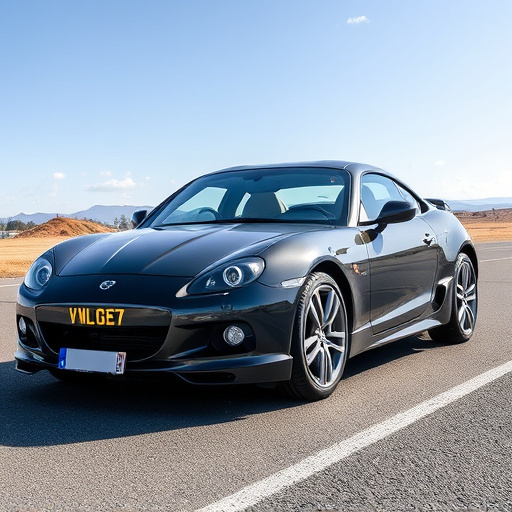
Before hiring a vehicle graphics design team, clearly define your branding goals and desired aesthet…….

Vehicle graphics design is a powerful marketing tool that enhances brand visibility and creates memo…….
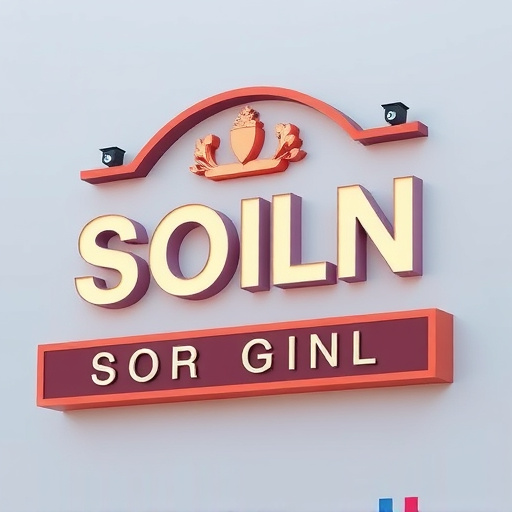
Vehicle graphics design is a powerful marketing tool that turns cars into moving advertisements. By…….
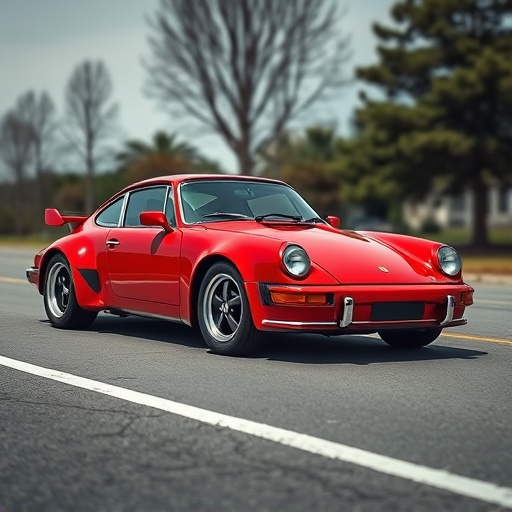
In the digital age, mobile advertising has seen a surge, with vehicle graphics design leading the wa…….

Vehicle graphics design turns cars into mobile advertisements or personal expressions by treating th…….
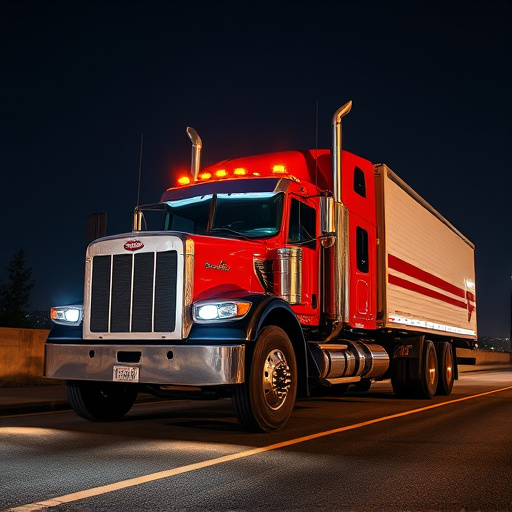
In vehicle graphics design, balancing aesthetics and protection demands precise attention to car sur…….

In vehicle graphics design, understanding your target audience is crucial for impactful and visually…….
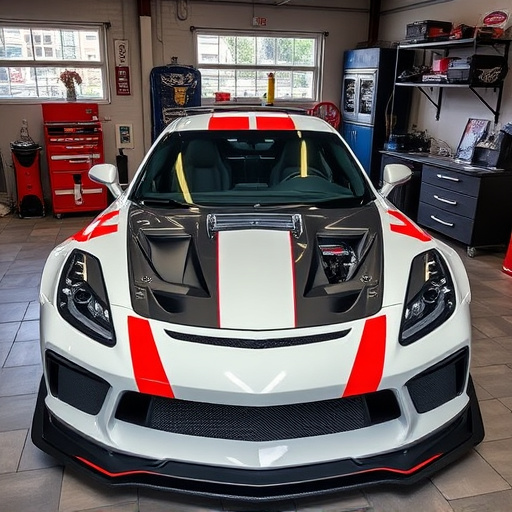
Vehicle graphics design is a versatile and dynamic marketing tool that turns everyday vehicles into…….